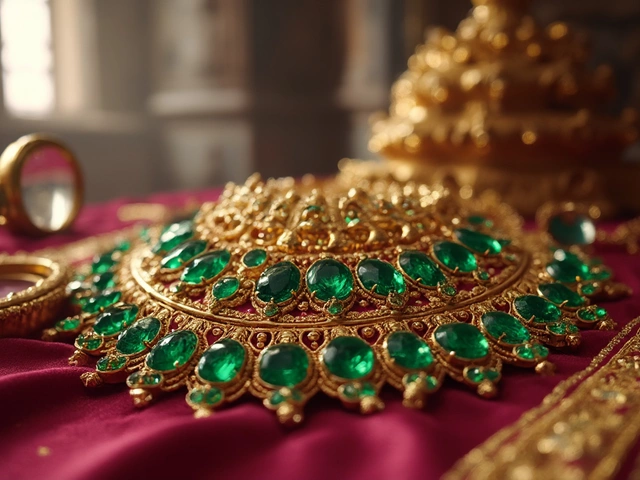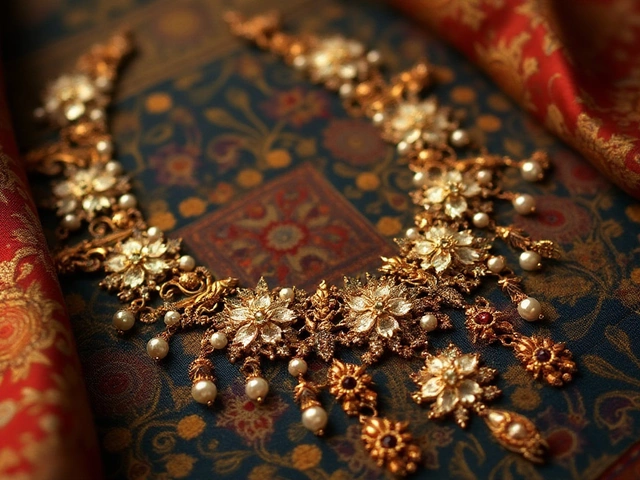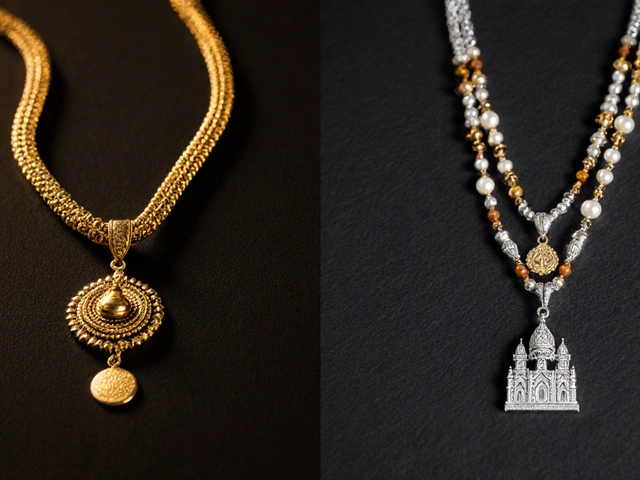Customs Rules for Jewelry in India – A Practical Guide
If you’re buying, sending, or receiving jewelry across borders, the customs process can feel like a maze. The good news is that the rules aren’t as mysterious as they seem. Below you’ll find the main steps, the paperwork you’ll need, and a few shortcuts to keep things moving.
What the Indian Customs Office Looks for
Whenever jewelry arrives in India, customs checks two things: value and authenticity. The declared value decides the duty you’ll pay, while authenticity is verified through hallmarks and BIS certificates. Gold, silver, and platinum each have their own hallmark codes – 22K, 21K (875), 925, etc. If the piece is stamped with a valid BIS mark, you’ll skip a lot of extra scrutiny.
For diamonds and other precious stones, a GIA or IGI report is the gold standard. Customs officers compare the report with the item and the invoice. Mismatched details can trigger a hold, so double‑check the numbers before you ship.
Step‑by‑Step: Clear Customs Without a Hitch
1. Prepare a detailed invoice. Include item description, weight, purity, hallmark numbers, and the exact market value in INR. The clearer the invoice, the fewer questions customs will ask.
2. Attach a BIS hallmark certificate. If your gold piece has a 22K stamp, attach the BIS certificate that proves it. For silver marked 833, the same applies. This document can cut duty rates by up to 20%.
3. Get a gemstone report. For diamonds, rubies, or emeralds, upload the GIA/IGI report with the shipment. The report should list carat weight, cut, color, and clarity – exactly as it appears on the invoice.
4. Choose the right HS code. Jewelry falls under HS code 7113 (precious metal jewelry) or 7103 (precious stones). Picking the right code helps customs apply the correct duty rate.
5. Pay the duty. India charges 10% basic customs duty on most jewelry, plus IGST which varies by state. Some precious‑metal items enjoy lower rates if they have a valid BIS mark. Use the online customs portal to calculate and pay in advance – this speeds up release.
6. Track the shipment. Keep the airway bill handy and watch for any “customs hold” alerts. If customs asks for extra info, respond within 24‑48 hours to avoid storage fees.
7. Plan for personal allowance. If you’re traveling with jewelry, Indian customs lets you bring up to 50 grams of gold and 250 grams of silver duty‑free, provided they’re for personal use and not for resale. Beyond that, you’ll need to declare and pay duty.
Following these steps usually gets your jewelry through customs in a day or two. Skipping any document—especially the BIS certificate—can add weeks and extra costs.
Remember, the key is transparency. List every detail, match the paperwork to the item, and pay the duty upfront. Doing so protects you from surprises, keeps your pieces safe, and lets you enjoy your new jewelry sooner.
Can I Bring My Gold Jewellery from India to USA? Everything You Need to Know
Bringing gold jewellery from India to the USA isn’t as simple as tossing it in your suitcase. This article breaks down US customs rules, tips for smooth travel, and common pitfalls to avoid. Whether you’re visiting family or relocating, you’ll find out how much gold you can actually carry, what paperwork matters, and how to avoid unnecessary hassles at the airport. Includes practical hacks to protect your treasures and wallet. Let's make sure your bling safely makes it Stateside without a hitch.





